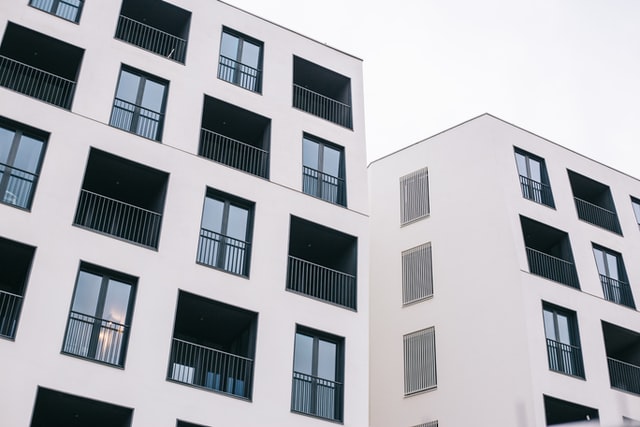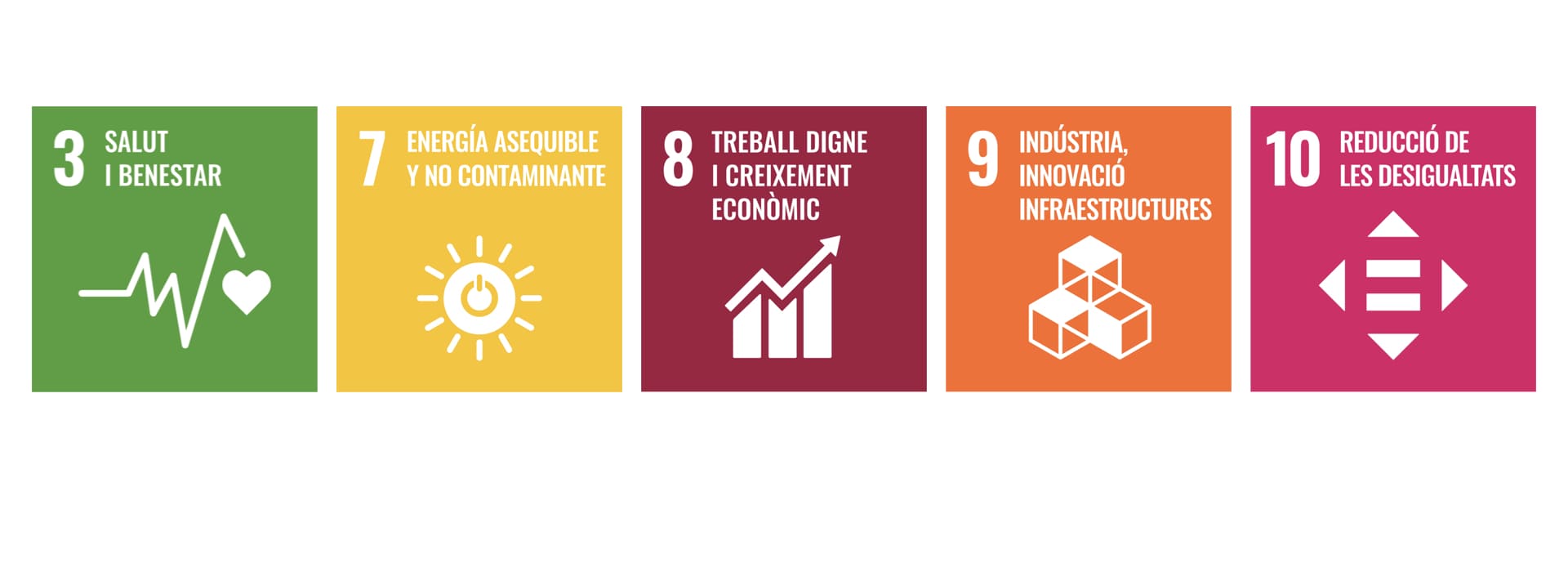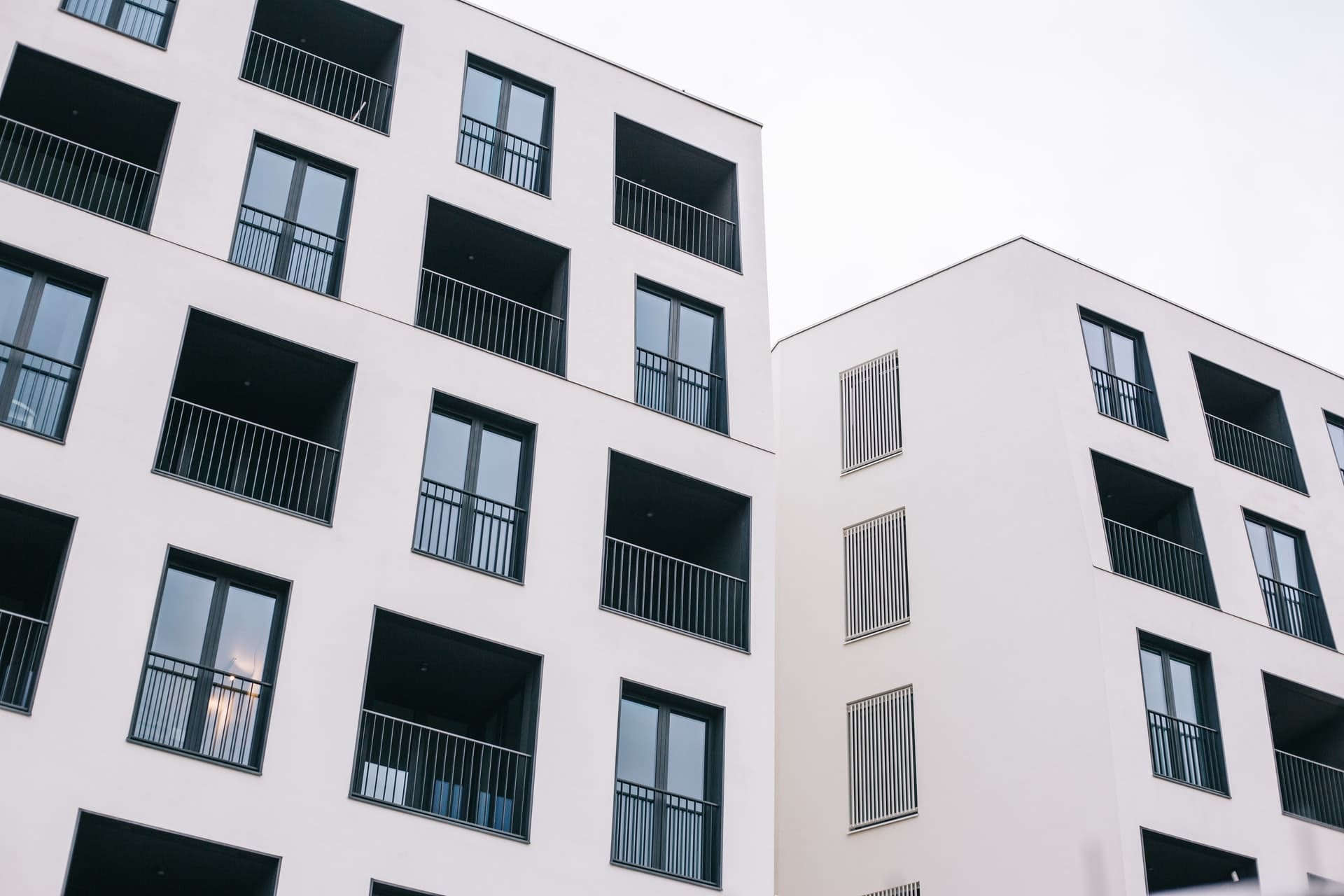The United Nations is committed to promoting housing that meets energy efficiency requirements to ensure habitability. Within the framework of the Chair in Dignified & Sustainable Housing, its director and its researcher, Ramon Bastida and Erola Palau, respectively, propose examples of good practices in the rehabilitation of urban housing.

Erola Palau Pinyana
Academic Coordinator of the Sustainability Observatory
Researcher of the Chair in Dignified & Sustainable Housing
__
In Spain, more than 4.6 million people do not have sufficient heating in winter. A situation that, according to the World Health Organization, represents a 30% increase in mortality. This situation arises due to socioeconomic reasons and because of the large number of buildings that do not meet energy efficiency requirements and which do not have adequate facilities for maintaining the temperature during cold periods.
To prevent this figure from rising in the coming years, one of the important goals for this decade is to promote housing in good condition. This is made explicit by the United Nations, through the 2030 Agenda for Sustainable Development, and by the European Commission with the European Green Deal, the Next Generation EU recovery plan, and the various political commitments that call on states to implement it. These are directives that require the renovation of the built-up area and oblige compliance with requirements regarding energy efficiency, accessibility, habitability, inclusion, and social cohesion, among others.
In Spain, more than 4.6 million people do not have sufficient heating in winter due to the lack of compliance with energy efficiency requirements in many buildings
In Spain and Catalonia, the trend in real estate is also focused on regenerating urban areas and rehabilitating buildings. A change of focus with respect to the previous model is evidenced by initiatives such as the Spanish Urban Agenda, the Law on Climate Change and Energy Transition, or the revised text of the Law and Land and Urban Rehabilitation.
There is a global inclination to promote energy efficiency and rehabilitation, with buildings (especially in poor condition) being key spaces for intervention to transform the economy towards triple sustainability: social, environmental, and economic.
Sustainable rehabilitation of urban areasAt the social level, there is a direct relationship between people who suffer from poor socioeconomic conditions (and who, consequently, live in homes in poor conditions), health problems and life expectancy. The main reason for this coincidence is that socially and economically vulnerable people living in buildings of poor construction quality are exposed to inadequate temperatures for long periods of time, which reduces habitability and comfort, and increases the mortality rate.
In addition, housing rehabilitation can improve accessibility for people with reduced mobility. Other social objectives that can be achieved by urban rehabilitation include:
- Improved water supply and sanitation services
- Reduction of indoor air pollution (causes numerous respiratory and cardiovascular diseases and allergic reactions such as asthma)
- Reduced outdoor noise pollution
- Improved image of the urban environment
In the environmental dimension, studies point to retrofitting buildings to have lower energy consumption and greenhouse gas emissions. Research often calls for energy efficiency by reducing the amount of energy needed In the environmental dimension, studies point to retrofitting buildings to have lower energy consumption and greenhouse gas emissions. Research often calls for energy efficiency by reducing the amount of energy needed
Good practices do existBest practices focus mainly on the installation of good insulation so that the building uses less heating and cooling energy to maintain a comfortable temperature throughout the year, as well as improving thermal and lighting installations, which are responsible for most of the energy consumption. Additionally, other good practices integrate the use of clean and renewable energy such as solar, biomass, or geothermal energy.
On the other hand, during the process of building rehabilitation the materials used need to be sustainable and come from suppliers that offer traceability and proven quality. At the same time, waste must be reused whenever possible and recycled correctly.
Preventing negative health effects through housing rehabilitation also reduces costs for state and local public health services
Finally, in the urban regeneration sector, the economic impact can be considered, with special emphasis on the value of housing and job creation. Housing rehabilitation interventions result in significant increase in the value of properties due to reduced maintenance and energy consumption costs and more efficient management of resources. For residents, it can mean significant financial savings, and for homeowners, it increases the sale or rental value.
As a result of the prevention of negative health effects, retrofitting also means lower health costs for local and state public health services. Also for administrations, urban rehabilitation brings economic benefits, as it can increase the Real Estate Tax (IBI) of the renovated area.
Preventing negative health effects through renovation also means lower health costs for local and state public health services. There are also benefits for administrations, as they can increase the Real Estate Tax of the renovated area.
Building renovation promotes job creation and is an opportunity for the growth of quality employment, one of the engines with the greatest personal and social potential
In addition, the renovation of buildings fosters job creation and represents an opportunity for the growth of stable, quality employment, one of the engines with the greatest potential for personal and social transformation. In fact, neighborhoods that are rehabilitated also foster innovation and see a revival in their economy, especially in the form of an increase in quality business.
The use of systems to measure the social impact generated by urban rehabilitation interventions is a common practice in countries such as the United States, the United Kingdom, and Israel. These techniques make it possible to quantify the impact on the well-being of people living in the rehabilitated buildings and to collect information on their impact on sustainability and energy efficiency, as well as to measure the economic impact generated in the rehabilitated neighborhoods.

